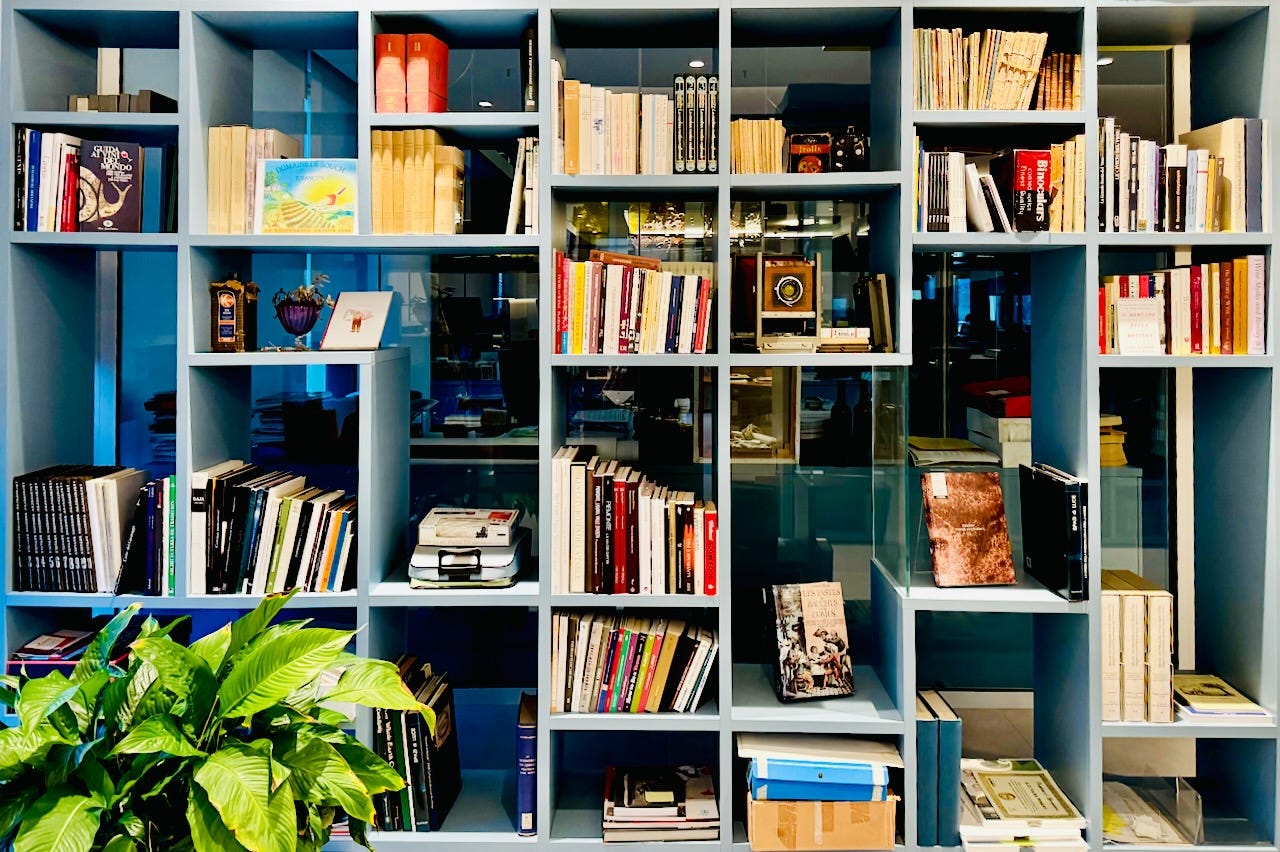Wine Credentials Optional
Taking inspiration from an earlier generation of wine writers
I’ve been rummaging through older wine writing, material from 50 or 60 years ago, trying make sense of our craft’s short history. It’s been fun. I’ve stumbled onto tasting notes from the year I was born. I’ve been reminded about the early careers of great personalities, like Lalou Bize-Leroy, Becky Wasserman, Ann Noble. I’ve chuckled at a writer’s discovery of “new” Oregon Pinot noir. Yet many questions arising from these yellowed pages feel fresh, even eerily contemporary: Is this wine “alive” or has it been deadened by sulfite? Is my son’s generation improving or ruining the legacy of my domaine? Where will we find customers in an uncertain economy?
The writers of the late twentieth-century era were somewhat homogeneous: British or American, white, well educated, mostly male. (Thankfully our ranks are now more diverse, although we still have far to go.) These commentators were at the forefront of a burgeoning scene, when the world’s wines were getting bottled, shipped, and made more broadly available to the middle class.
They were, notably, writers first, cultural commentators second, wine writers distant third. Cyril Ray was a war correspondent, travel writer, and military historian. Frank Schoonmaker was likewise a travel writer and, later, wine merchant. Hugh Johnson initially wrote features about travel and food. Frank Prial was a feature writer before being tapped for the New York Times’s new wine column, in 1972 (from which he retired in 2005). Jancis Robinson started in the travel business, because although she was interested in gastronomy, “at that time the subjects of food and wine were regarded as irredeemably frivolous,” she has said. Wine wasn’t a suitably serious pursuit for someone who’d just earned a Master’s in Maths and Philosophy at Oxford.
Indeed, several of the British writers had fallen in love with wine at university, specifically Oxford and Cambridge, whose excellent wine societies fostered both conviviality and wine knowledge (we have them to thank for inoculating Robinson and Johnson). Formal wine training wasn’t seen as an urgent requirement for writers back then. That’s partly because it was almost entirely unavailable. The Wine and Spirit Education Trust launched in the UK in 1969, and its courses and certifications crept abroad slowly, gaining global foothold only the 1990s. The timeline of the Court of Master Sommeliers is similar. Robinson was the first person outside of the wine trade to earn a Master of Wine, in 1984; in this (and many more ways) she was exceptional.
Instead, these writers learned by doing: visiting producers, stomping in vineyards, staining their teeth blue in the name of research. That was the foundation of their work, but it wasn’t the whole of it. An understanding of wine takes one only so far. They earned readers’ trust because they were expert at both evaluating and describing the experience of wine. They were good writers with something to say.
As wine writing became professionalized, many novice wine writers began to feel compelled to pursue formal wine training to earn credibility. The credentialing organizations have a commercial interest in encouraging that approach, and to be fair do a thorough job of educating nascent writers about wine history, styles, making, growing, and more. They also furnish students with tools and terminology to describe the world’s wines, and a framework for evaluation and assessment.
But they are not designed to be writing programs. They teach about wine, not wine communication. So new wine writers must, separately, like the greats before them, learn to tackle setting and description, characterization, plot, pacing, texture, dialogue, narrative arc, the myriad formal and informal facets of the craft that make a piece of wine writing (any writing) worth reading. They must also learn journalistic protocols about disclosure, accuracy, and fairness.
That writerly expertise is hard-earned and only comes with time. Facts are learnable and discoverable, but the ability to share facts in a compelling way, to use them to say something true, is harder to acquire. You can look up the vineyard area in Aloxe-Corton. You can’t look up how best to communicate, persuasively, the impact climate change is having on those vines and its farmers. The former is a fact. The latter is framing. You might need to try different frames to find one that suits the picture.
So yes, I tell new writers: learn as much as possible about wine, its viticultural and enological aspects, its historical, social, and societal implications and influences. Earn a wine credential if it’s appealing and affordable. But don’t stop there if what you most want to do with your knowledge and insights is share them with others. Learn how to write, then practice that every day.
A version of this essay was originally published in The Circular.
Image: The wine library at G.D. Vajra in Barolo, Italy ©2025 Meg Maker




Dear Meg, I do hope you are building a school to teach all of these skills! Something that bridges the ethics and reporting lessons of J-school and the literary toolkit of an MFA program. LMK. I'll be the first to enroll!
Trying to break free of a rigid, structured writing methodology honed in the Engineering and Legal fields is different struggle. Sometimes it seems it would be easier to start over!